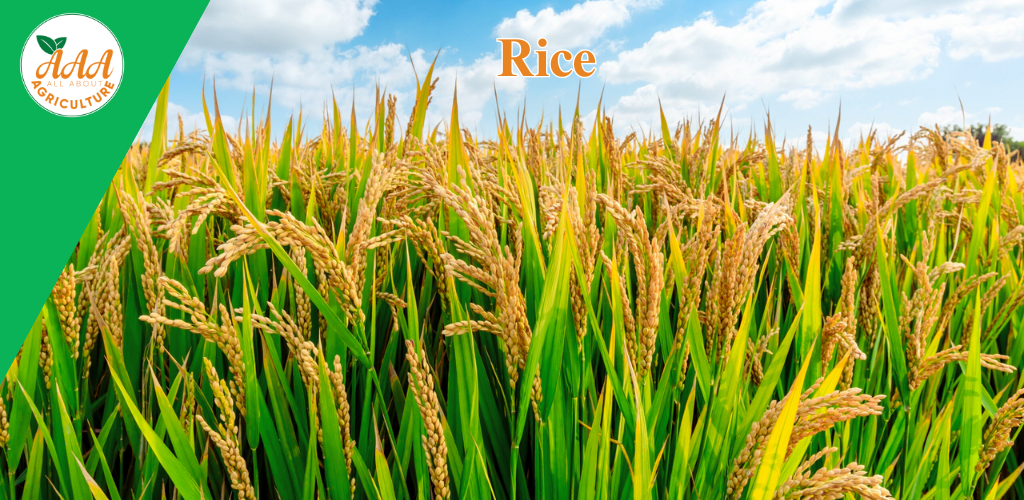Rice Production Technology
Rice Production Technology

Rice is a staple food for over half the world’s population, and modern production technology ensures higher yield, water efficiency, and sustainable farming
Key Steps in Rice Production Technology
Climate & Soil Requirements
➡ Ideal temperature: 25-35°C with high humidity.
➡ Grows best in fertile clayey loam soils with good water retention.
➡ Optimal pH: 5.5 – 7.0 for healthy root development.
High-Yielding & Hybrid Seed Selection
➡ Use high-yielding, disease-resistant varieties like IR-64, BPT 5204, and hybrid rice.
➡ Seed treatment with fungicides & biofertilizers ensures strong seedling growth.
Sowing & Planting Methods
Traditional Method: Manual transplanting with nursery-grown seedlings.
Direct Seeded Rice (DSR): Saves water & labor by sowing seeds directly into the field.
System of Rice Intensification (SRI): Increases yield with less water & fewer seeds.
Nutrient & Fertilizer Management
➡ NPK Recommendation (per hectare):
- Nitrogen (N): 80-120 kg
- Phosphorus (P₂O₅): 40-60 kg
- Potassium (K₂O): 40-60 kg
➡ Apply organic manure & biofertilizers for soil health improvement.
Irrigation & Water Management
➡ Paddy requires 1200-1500 mm of water per season.
➡ Alternate Wetting & Drying (AWD) technique reduces water use while maintaining yield.
➡ Drip & sprinkler irrigation for water-scarce regions.
Weed, Pest & Disease Control
➡ Use pre-emergence & post-emergence herbicides for weed management.
➡ Common pests: Stem Borer, Brown Planthopper, Leaf Folder – managed through IPM (Integrated Pest Management).
➡ Common diseases: Blast, Bacterial Leaf Blight, Sheath Blight – controlled with resistant varieties & fungicides.
Harvesting & Post-Harvest Management
➡ Harvest when grains are mature, golden brown, and moisture is 20-22%.
➡ Use combine harvesters for faster harvesting & minimal losses.
➡ Proper drying & storage ensures grain quality and prevents insect damage.